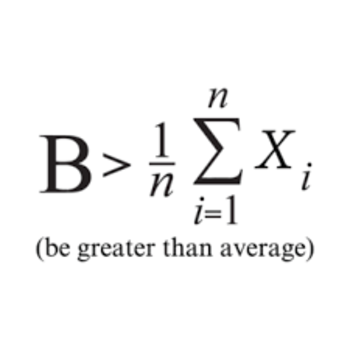Are they both right? why?
Imagine two students, Marcia and Mark, are discussing what they expect would happen when several different forces are acting simultaneously on an object. Marcia says: "The strongest force is all that counts. It dominates the others. When several forces act on an object, the object will be influenced only by the strongest force." But Mark says: "No, you cannot ignore the other forces. They all have an influence. What you have to do is simply add the strengths of all the individual forces to come up with the total force." Do you agree with Marcia, with Mark, with both, or with neither?
Imagine two students, Marcia and Mark, are discussing what they expect would happen when several different forces are acting simultaneously on an object. Marcia says: "The strongest force is all that counts. It dominates the others. When several forces act on an object, the object will be influenced only by the strongest force." But Mark says: "No, you cannot ignore the other forces. They all have an influence. What you have to do is simply add the strengths of all the individual forces to come up with the total force." Do you agree with Marcia, with Mark, with both, or with neither?
1 Answer
Neither.
Explanation:
Forces are behaving as vectors, mathematically, and therefore have both a magnitude and direction.
Mark is right in the sense that all forces acting on an object matters, but you cannot simply add up all the forces to come up with the total force. Instead, you must also account for which direction the forces are acting towards.
If two forces act in the same direction, you can add their magnitudes to get the resultant force. If they act in completely opposite directions, you can subtract their magnitudes from each other
An addition is done like in the diagram below:

However, if the forces are acting, say perpendicularly to each other like in this diagram:

You must use Pythagoras's theorem or Trigonometry to find the resultant force.
In this case, we can find the resultant force by putting the vectors head-to-tail to create a right-angled triangle, and consequently find the hypotenuse using
In this case, the resultant force is
So to summarize:
- All forces acting on an object affect the magnitude and direction of the resultant force, but the strongest force is not the only thing that counts.
- Forces acting in the same direction or in opposite directions can have their magnitudes added together or subtracted from each other, respectively.
- Forces acting with an angle respective to each other can have their resultant force be determined using a geometrical method or trigonometric method. The resulting force will likely be between the direction of the two forces.

